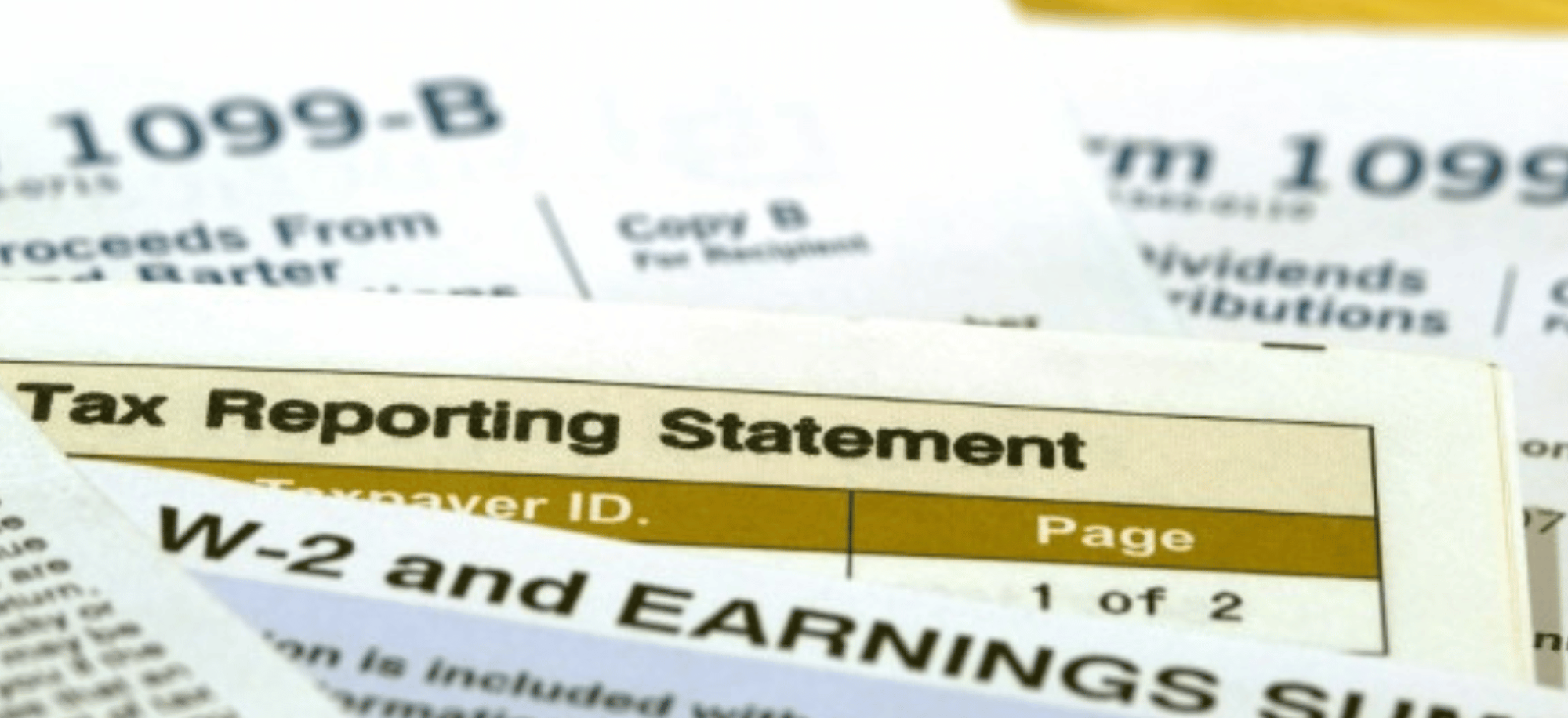You should be aware of what to anticipate from your fund accounting team and what they will be anticipating of you from the outset of your relationship with a fund accounting provider. When setting up your fund with fund accounting, it pays to take the time to anticipate the data flow, the reporting output that you will need and the particular parties within your organization who will need it.
Your fund accounting provider will be delivering reports to a variety of audiences, each of which will have specific requirements and demands. Investors will be primarily interested in bottom-line performance, deal teams with available capital and credit, management with the details of operating income, expenses and interest. Auditors, GAAP accounting and institutional investors will have their own requirements. Your fund accounting partner should be able to customize reporting for each audience with all the relevant information in a clear and intuitive layout.

There are five standard fund accounting deliverables that you should expect to receive. You will elect the frequency of their delivery from your fund accounting firm when you set up the fund. The specific nature of this output and frequency may vary according to the structure of your fund but these five reports are standard.
- Balance Sheet – This gives a quick overview of the fund’s assets, liabilities, and member equity. Fund accounting provides a balance sheet as an overall summary of the financial balances of the fund.
- Income Statement – This is a breakdown of the period’s revenues and expenses. An income statement should be created by fund accounting every year for audit purposes. For other uses, it may be produced as frequently as desired. During setup, you will select the frequency. Although quarterly income statements are usual, many managers prefer fund accounting to prepare more frequent ones.
- Partner’s Capital Statement (PCAP) This combines the income statement and the balance sheet. The contribution to capital activity, profit and loss activity and the portion of fund assets that belong to the limited partners as opposed to the general partner are all displayed.
- Cash Flow Statement (CFS) – This displays all of the financial period’s cash uses.
- Schedule of Investment (SOI) – In this report fund accounting lists every item in the portfolio.
In addition to the standard reporting package, your fund accounting partner will compute the fund’s net asset value (NAV) on a regular basis. The net asset value of your fund consists of the total portfolio assets minus any liabilities divided by the total number of shares. Investors know the current value of their investment because the NAV shows the security’s per-share value. The NAV multiplied by the investors’ total number of shares owned represents the value of their investment.
NAVs were traditionally determined on a quarterly or even annual basis since private equity funds are long-term investments. Biweekly and even daily NAVs have grown in popularity in recent years as investors demand greater transparency and fund accounting systems have become more advanced.
Nothing is usual anymore. Whatever frequency of reporting or NAV calculation a fund manager finds most effective in raising capital or managing assets can be set up with fund accounting.
At the end of the fund accounting reporting package will be footnotes and any pertinent disclosures. If the fund is within a master-feeder structure, several consolidations may be included and any loans from other nations will be described.
Beyond the standard reporting package, fund accounting will also perform ad hoc reporting to produce capital call notices. The total committed capital required for each investor will have to be tracked by fund accounting and proportionate amounts called from each investor according to the total amount of capital required by the fund.
A particular reporting challenge is a package required by some institutional investors. The Institutional Limited Partner Association (ILPA) is a national organization representing many pension funds, foundations, family offices and other institutional investors. ILPA recommends its member require from all portfolio funds reporting that adheres to the ILPA Reporting Template. This is an exhaustive reporting package that goes into granular detail on all the assets, expenses and fees related to the fund. Many fund accounting providers are unable to produce the ILPA reporting template in a timely manner. If your fund has or intends to pursue institutional investors, you should be sure that a given provider is capable of producing ILPA compliant reporting.

Finally, after the end of the calendar year, fund accounting will produce and issue investor tax documents, either form 1099 or form K-1 depending on the structure of your fund. Tax documents will include fund accounting, shareholder and state-specific information (in the case of K-1s) complied in a way that meets Internal Revenue Service (IRS) reporting requirements.
If your fund requires K-1 reporting and you have or plan to have hundreds or thousands of investors, you want to be sure that your fund accounting provider is able to produce these forms in a timely manner. K-1s involve complexities related to individual states where assets are located and can be time-consuming and system-intensive to produce. If fund accounting is not able to produce them in time for your investors to file their tax returns than your fund will be the reason your investors are forced to extend their time to file. For this reason, the limitations of your fund accounting partners can represent a risk to the reputation of your fund.
Fund accounting is a role central to the success of your fund offering and best left in the hands of an experienced third-party firm. But for all these reasons, the experience, technical capability and client engagement of your fund accounting partner are important considerations in making your choice of provider.



